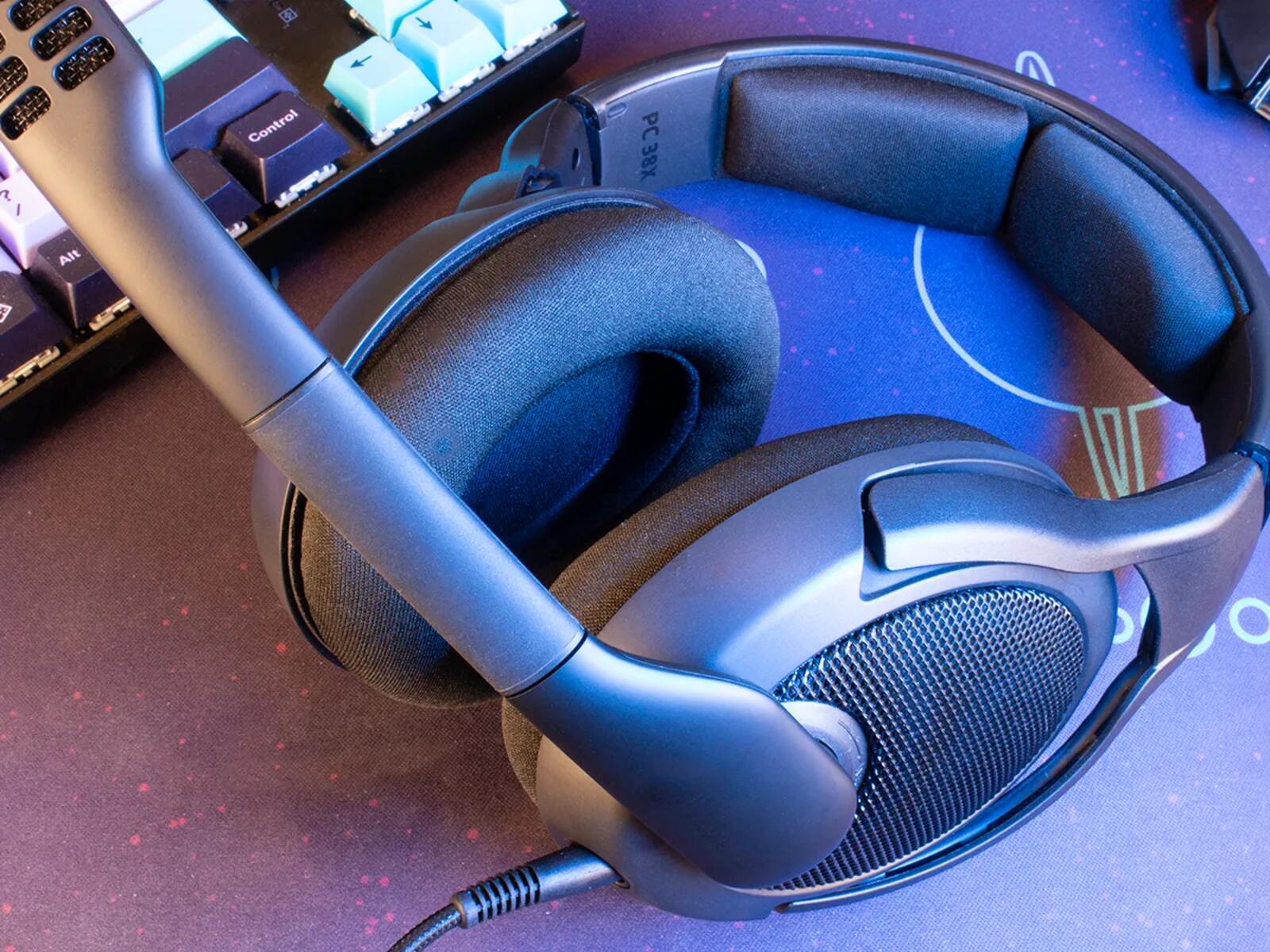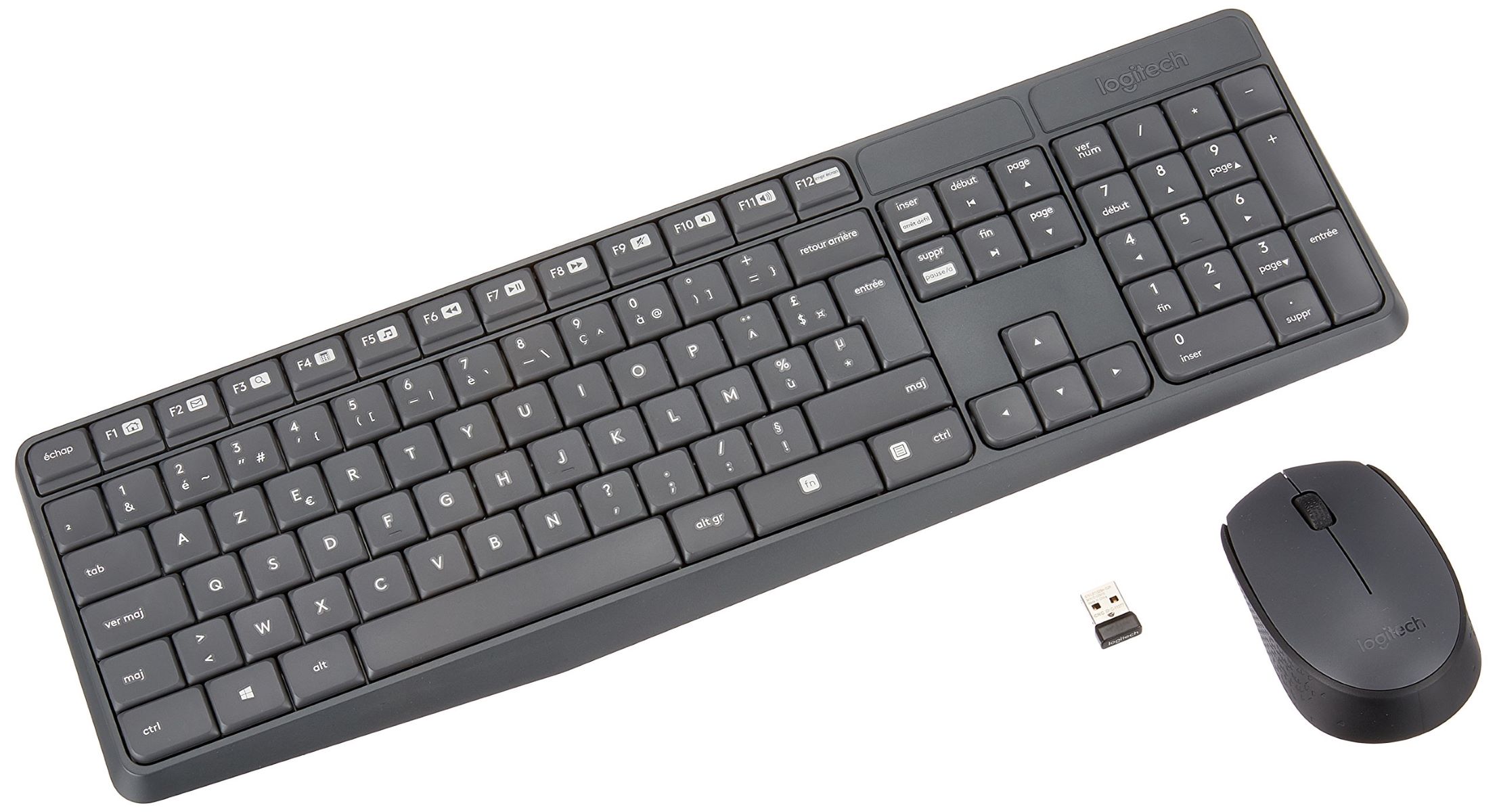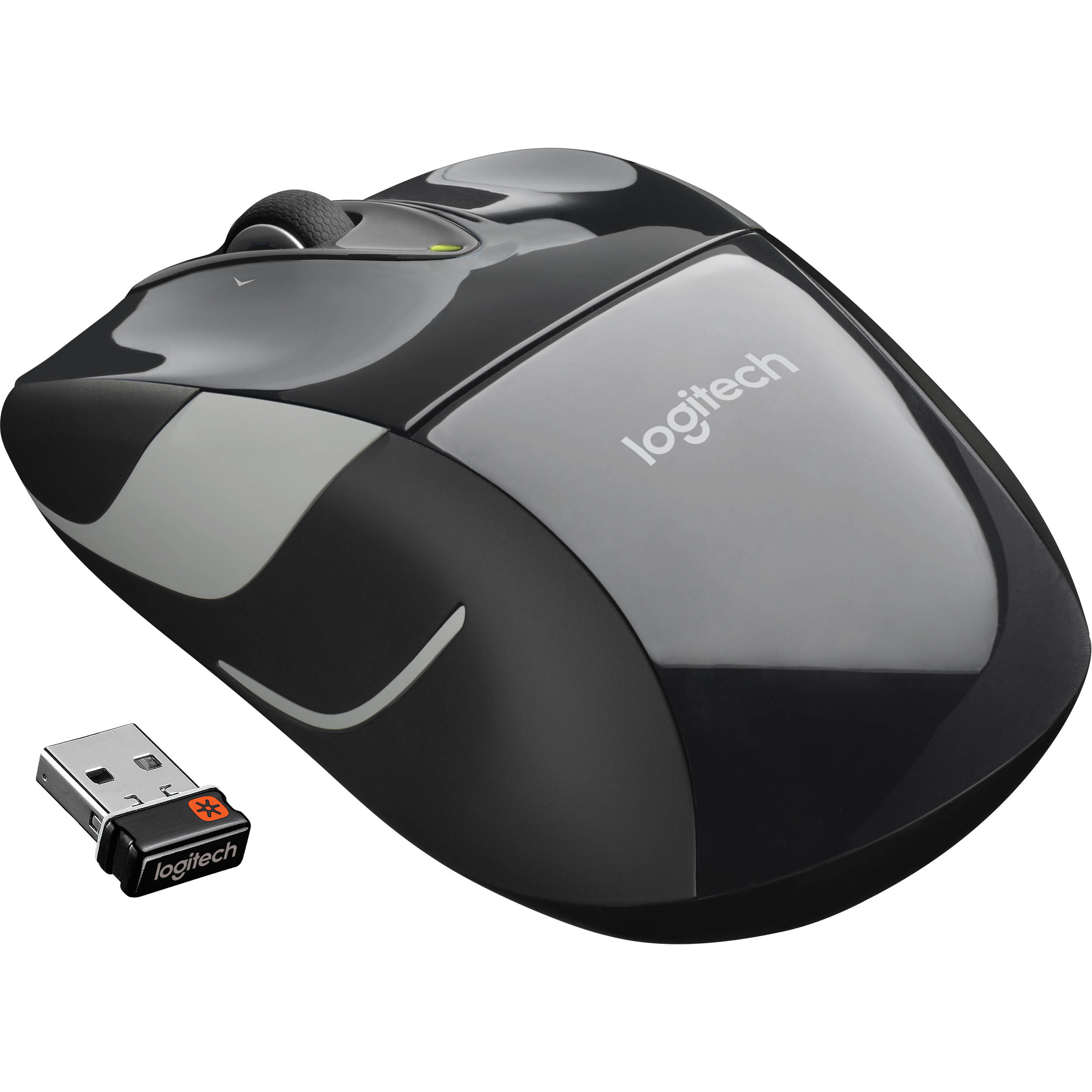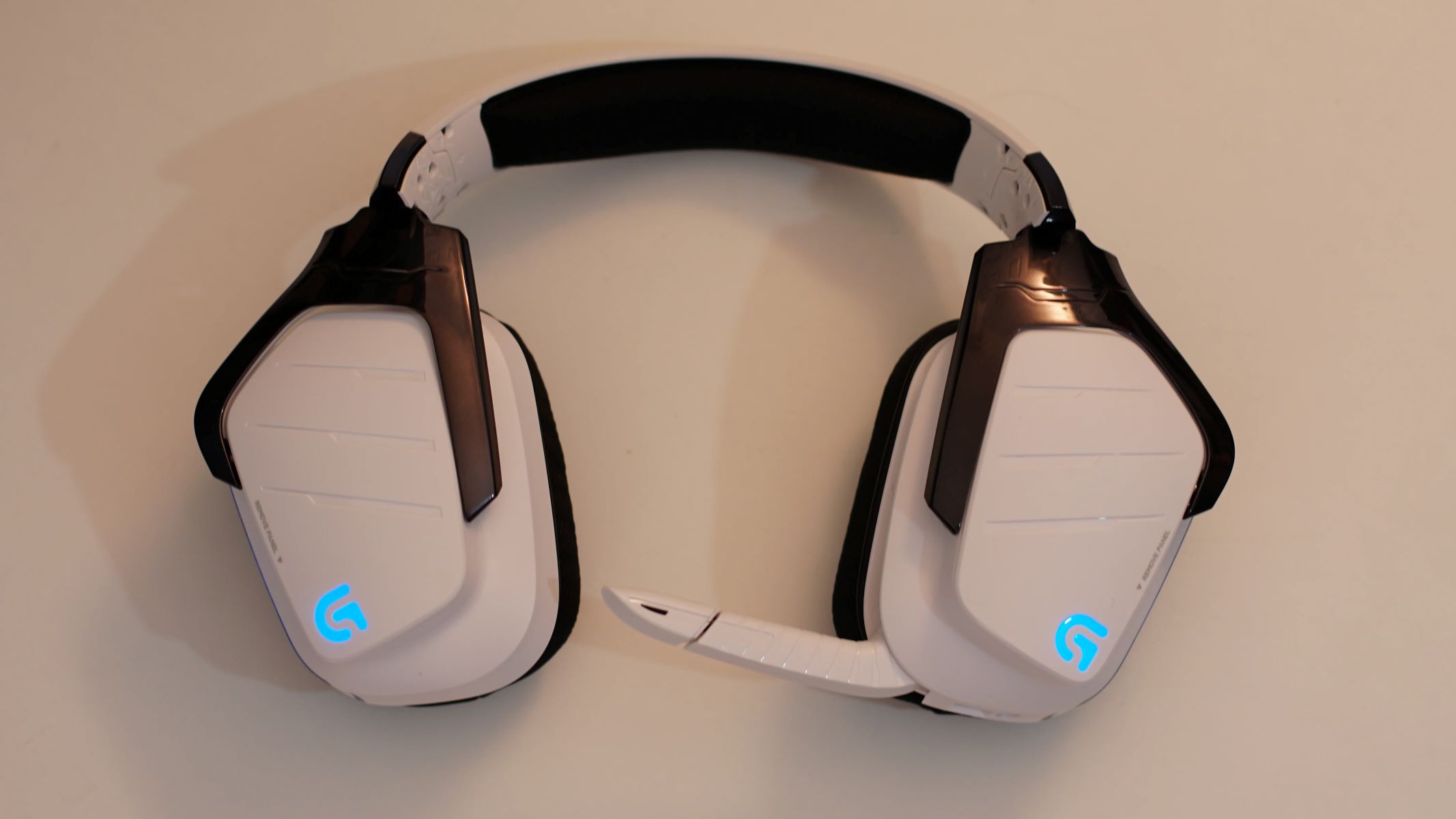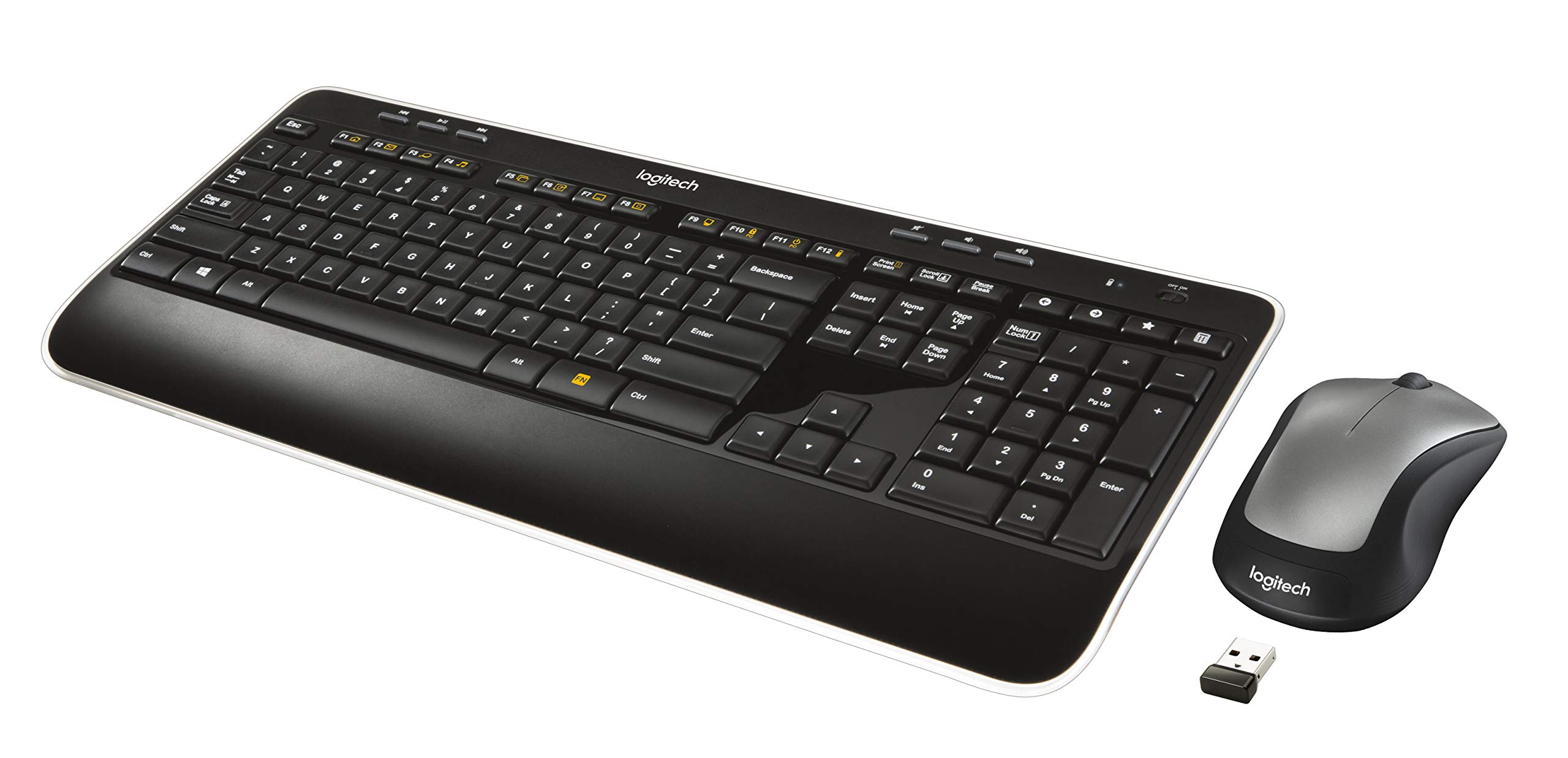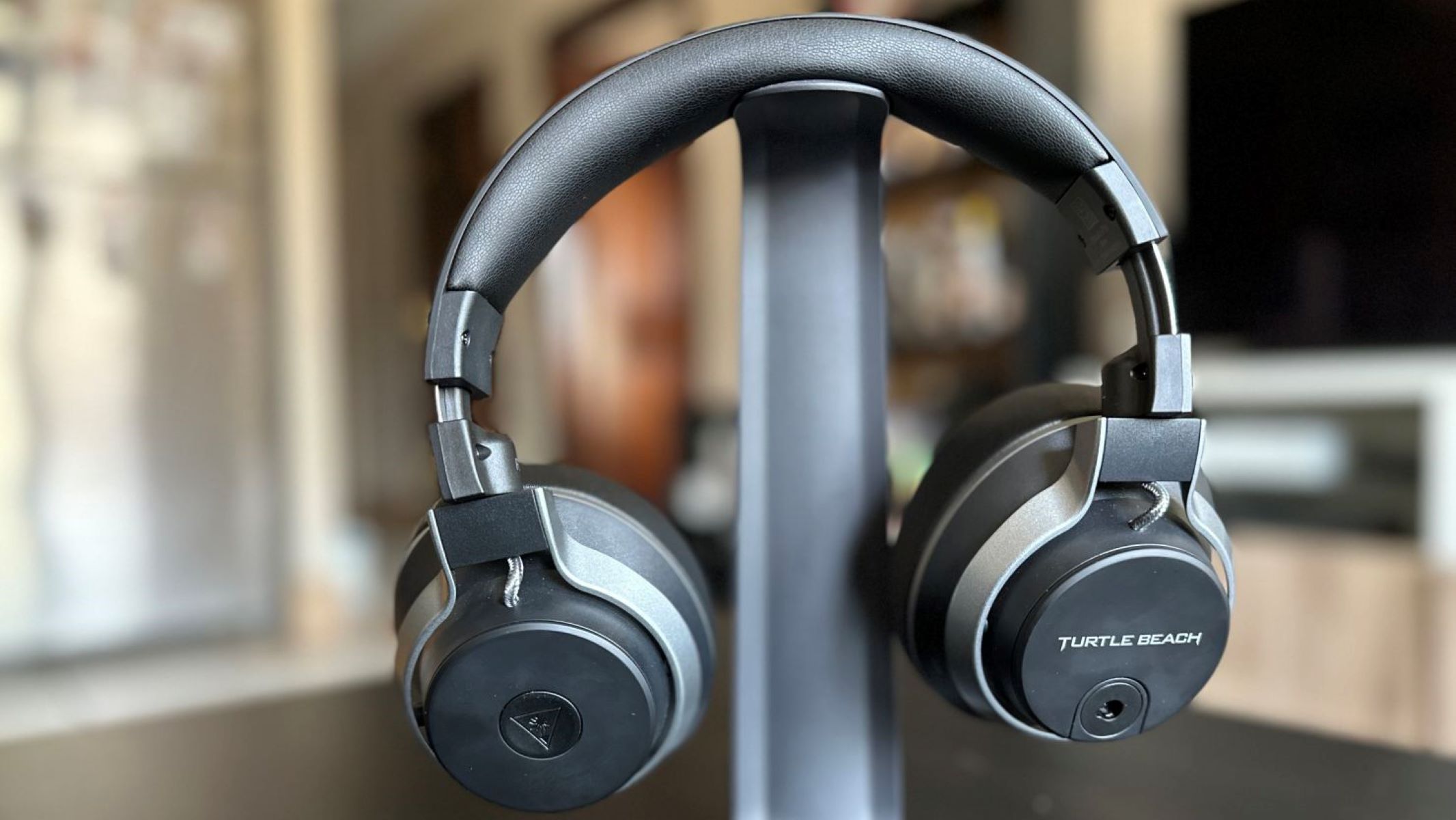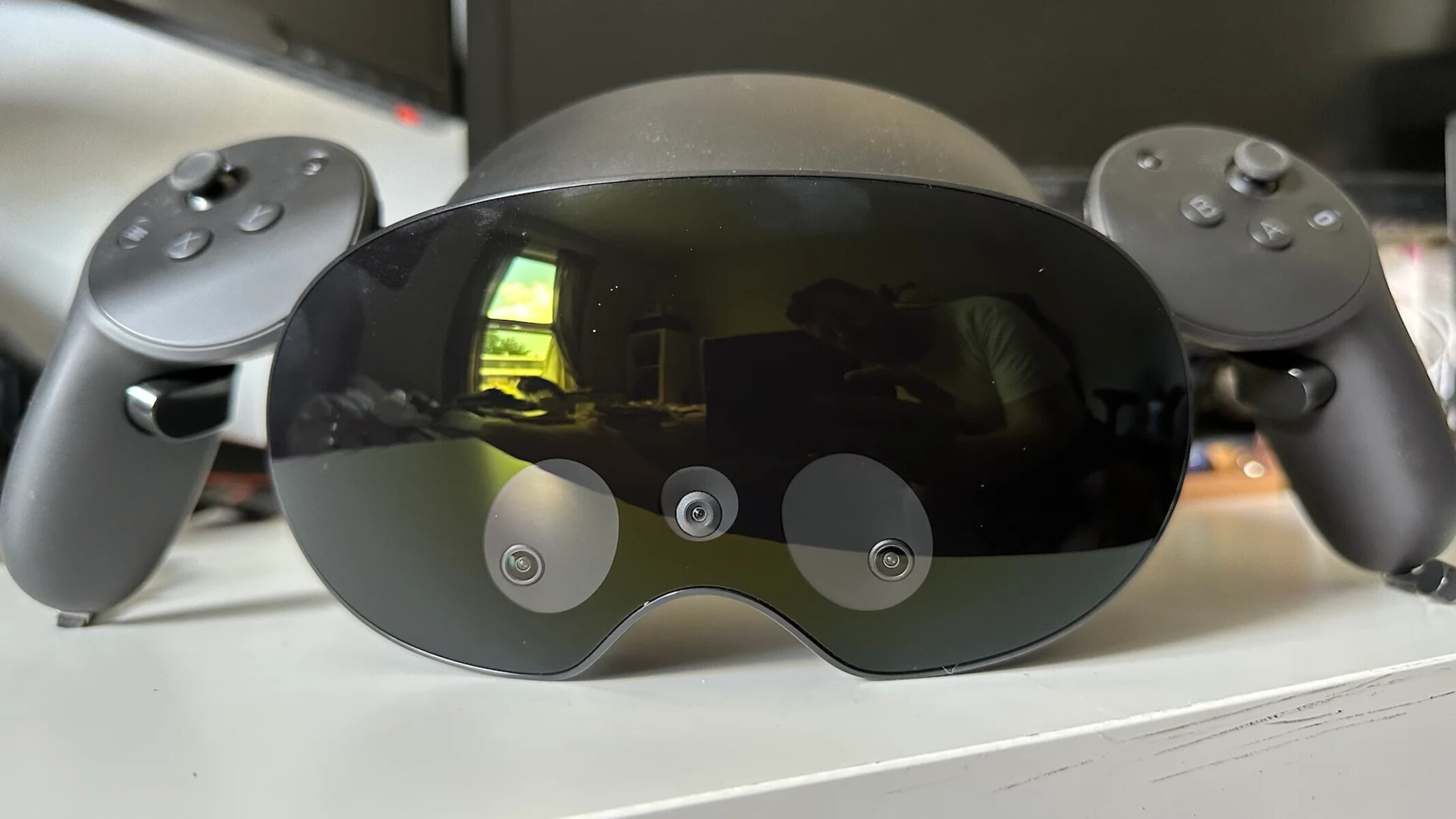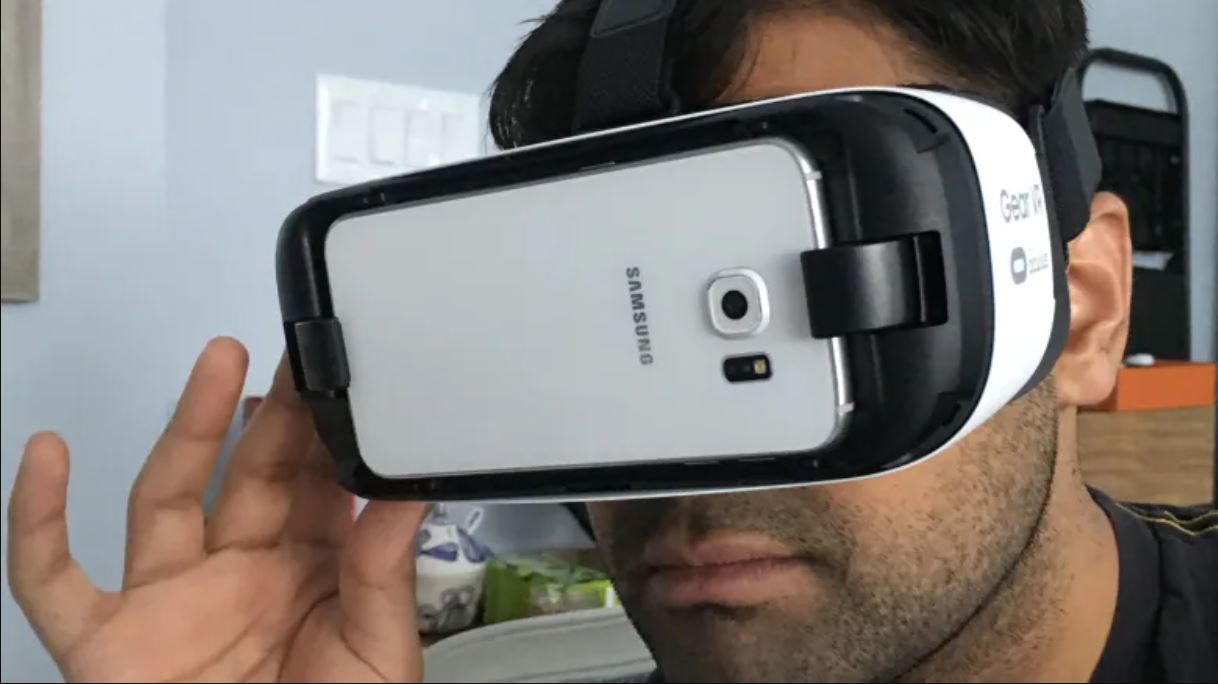Introduction
Are you experiencing frustration because your gaming headset isn't working as expected on your computer? This common issue can be a source of annoyance for gamers and computer users alike. However, before you start feeling exasperated, there are several troubleshooting steps you can take to address this problem. By following these steps, you can potentially resolve the issue and get back to enjoying an immersive audio experience while gaming or engaging in virtual meetings.
When your gaming headset fails to work on your computer, it can stem from various factors, including hardware or software issues. By systematically examining these potential causes, you can pinpoint the root of the problem and take appropriate corrective measures. This article will guide you through the troubleshooting process, offering practical solutions to help you get your gaming headset up and running smoothly on your computer.
Whether you're encountering audio distortion, no sound at all, or your computer simply doesn't recognize the headset, the following steps will help you diagnose and resolve the issue. Let's delve into the troubleshooting process to identify why your gaming headset isn't working as expected on your computer.
Check the Connections
Before delving into complex troubleshooting steps, it's essential to start with the basics. Oftentimes, a gaming headset may not work due to loose or faulty connections. Begin by inspecting the physical connections of your headset to your computer.
USB and Audio Jacks:
- Ensure that the USB or audio jack is securely plugged into the appropriate port on your computer. If you’re using a USB headset, try plugging it into different USB ports to rule out a port-specific issue.
- For headsets with separate audio and microphone jacks, confirm that each jack is inserted into the correct port on your computer. These ports are typically color-coded; the headset’s audio jack is green, while the microphone jack is pink.
Inline Controls:
- If your headset features inline volume or mute controls, check for any physical damage or debris that may be obstructing the controls. Ensure that the controls are in the correct position, as some headsets have a physical mute switch that may be unintentionally activated.
Detachable Cables:
- If your headset has detachable cables, inspect the connectors for any signs of damage or wear. Reattach the cables securely and listen for the audible click to ensure a proper connection.
After verifying the physical connections, test your headset to see if the issue persists. If the problem remains, proceed to the next troubleshooting step to further diagnose and resolve the issue.
Update Your Drivers
Outdated or corrupted drivers can often lead to compatibility issues, causing your gaming headset to malfunction on your computer. To address this, it’s crucial to ensure that your audio and USB drivers are up to date. Here’s how you can update your drivers:
Device Manager (Windows):
- Open the Device Manager by right-clicking on the Start button and selecting “Device Manager” from the context menu.
- Expand the “Sound, video, and game controllers” category and locate your headset or audio device.
- Right-click on the device and select “Update driver.” Follow the on-screen prompts to search for and install the latest driver updates.
Manufacturer’s Website:
- Visit the official website of your headset’s manufacturer and navigate to the support or downloads section.
- Enter your headset’s model number or select it from the product list to access the latest driver downloads.
- Download and install the updated drivers according to the provided instructions.
Automatic Driver Update Tools:
If manually updating drivers seems daunting, consider using reputable automatic driver update tools. These utilities can scan your system, identify outdated drivers, and automatically download and install the latest versions, simplifying the process for you.
After updating your drivers, restart your computer and test your gaming headset to see if the issue has been resolved. If the problem persists, continue to the next troubleshooting step to explore additional solutions.
Adjust Your Sound Settings
Incorrect sound settings on your computer can lead to issues with your gaming headset. By adjusting the sound settings, you can potentially resolve compatibility and configuration-related problems. Here’s how you can optimize your sound settings:
Set Default Playback and Recording Devices:
- Right-click on the speaker icon in the system tray and select “Open Sound settings.”
- Under the “Sound” settings, ensure that your gaming headset is selected as the default playback and recording device. If not, select it from the list of available devices and set it as the default.
Configure Audio Properties:
- Access the sound settings by right-clicking on the speaker icon and selecting “Sounds.”
- Navigate to the “Playback” and “Recording” tabs and locate your gaming headset. Right-click on the headset and select “Properties.”
- Adjust the audio properties, such as the format and enhancements, to ensure compatibility with your headset. Experiment with different settings to see if it resolves the issue.
Disable Exclusive Mode:
- In the sound settings, go to the “Advanced” tab and uncheck the option for “Allow applications to take exclusive control of this device.”
- Disabling exclusive mode can prevent other applications from interfering with your headset’s functionality, potentially resolving compatibility issues.
Equalizer Settings:
- If your computer has audio enhancement software or equalizer settings, adjust them to optimize the audio output for your gaming headset. Experiment with different presets or manually adjust the equalizer to enhance the audio quality.
After adjusting your sound settings, test your gaming headset to see if the issue has been resolved. If the problem persists, proceed to the next troubleshooting step to explore additional solutions.
Test the Headset on Another Device
Testing your gaming headset on another device can provide valuable insights into whether the issue is specific to your computer or the headset itself. By connecting the headset to a different device, such as a smartphone, tablet, or another computer, you can determine if the problem persists across multiple platforms. Here’s how to conduct the test:
Connect to an Alternative Device:
- Use the appropriate adapters or connectors to connect your gaming headset to an alternative device, ensuring a secure and proper connection.
- Play audio or initiate a voice call on the alternative device to verify if the headset functions as expected. Test both the audio playback and microphone functionality to comprehensively assess its performance.
Observe Performance:
- Pay close attention to the audio quality, clarity, and microphone performance while using the headset with the alternative device. Note any discrepancies or issues that may arise during the test.
- If the headset functions flawlessly on the alternative device, it suggests that the headset itself is likely not the source of the problem, prompting further investigation into your computer’s configuration or settings.
- Conversely, if the headset exhibits the same issues on the alternative device, it indicates a potential hardware or headset-related issue that may require further troubleshooting or professional assessment.
By testing the headset on another device, you can narrow down the potential causes of the problem and make an informed assessment of whether the issue is isolated to your computer or extends to the headset itself. This crucial step can guide your troubleshooting efforts and help you identify the appropriate course of action to resolve the issue.
Consider a Hardware Issue
If you’ve exhausted software-based troubleshooting steps and your gaming headset still fails to function properly on your computer, it’s essential to consider the possibility of a hardware-related issue. Hardware issues can manifest in various forms, impacting the connectivity, audio output, or microphone functionality of the headset. Here are some considerations to evaluate:
Physical Damage:
- Inspect your gaming headset for any signs of physical damage, such as frayed cables, broken connectors, or visible wear and tear. Physical damage can impede the headset’s performance and may require repair or replacement.
Connection Stability:
- Review the stability of the headset’s connections, including the USB or audio jacks. Loose or unstable connections can result in intermittent audio output or microphone issues. Ensure that the connections are secure and free from debris or obstruction.
Compatibility and System Requirements:
- Verify that your gaming headset is compatible with your computer’s operating system and meets the necessary system requirements. Incompatibility or inadequate system specifications can lead to functionality issues.
Driver Conflicts:
- Check for driver conflicts or compatibility issues that may arise from other installed hardware or software. Conflicting drivers can disrupt the performance of your gaming headset and necessitate resolution through driver updates or system reconfiguration.
Professional Assessment:
- If you suspect a hardware issue but are unable to identify or resolve it through initial troubleshooting, consider seeking professional assistance. Contact the manufacturer’s support or a qualified technician to diagnose and address potential hardware-related problems with your gaming headset or computer.
By considering the possibility of a hardware issue, you can methodically evaluate the physical integrity and compatibility of your gaming headset, leading to a comprehensive assessment of potential hardware-related factors contributing to the problem. This thorough examination can guide you toward a resolution and ensure the optimal functionality of your gaming headset on your computer.
Conclusion
Addressing issues with a gaming headset not working on your computer involves a systematic approach to troubleshooting, encompassing both software and hardware considerations. By following the steps outlined in this guide, you can navigate through potential causes and solutions to restore the functionality of your gaming headset.
Checking the physical connections of your headset, updating drivers, and adjusting sound settings are fundamental steps that can often resolve common issues related to compatibility and configuration. Testing the headset on an alternative device provides valuable insights into the source of the problem, helping you differentiate between computer-specific issues and headset-related concerns.
When software-based troubleshooting falls short, considering hardware-related factors becomes crucial. Evaluating physical damage, connection stability, compatibility, and seeking professional assessment can lead to a comprehensive understanding of potential hardware issues affecting the performance of your gaming headset.
By methodically addressing each potential cause and solution, you can navigate the troubleshooting process with confidence, ultimately resolving the issue and enjoying a seamless audio experience with your gaming headset on your computer.
Remember, patience and thoroughness are key when troubleshooting technical issues. If the problem persists despite your efforts, reaching out to the manufacturer’s support or seeking assistance from knowledgeable professionals can provide further guidance and resolution.
With the insights gained from this guide, you are equipped to tackle the challenge of a non-functional gaming headset on your computer, empowering you to enjoy uninterrupted audio immersion during gaming sessions and digital communication.







